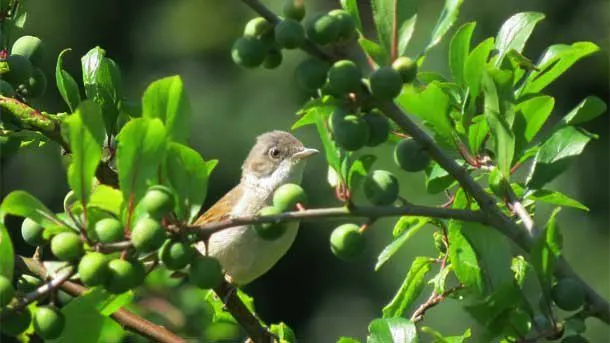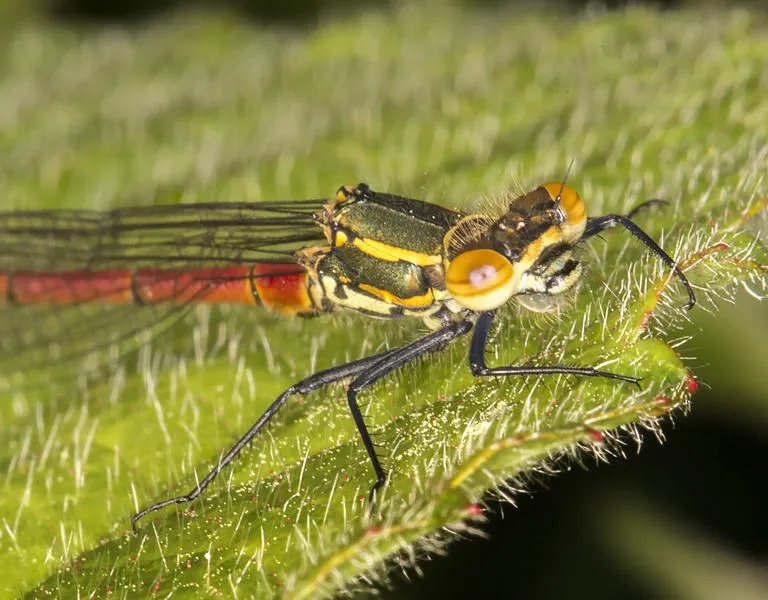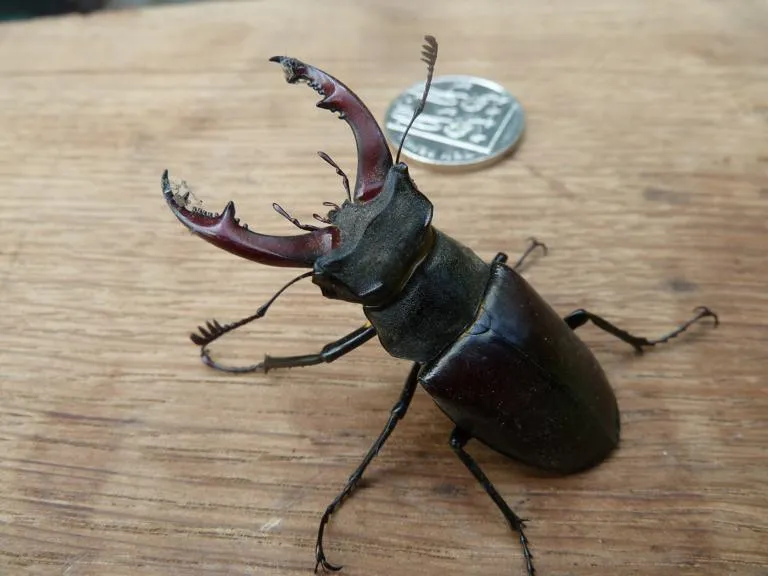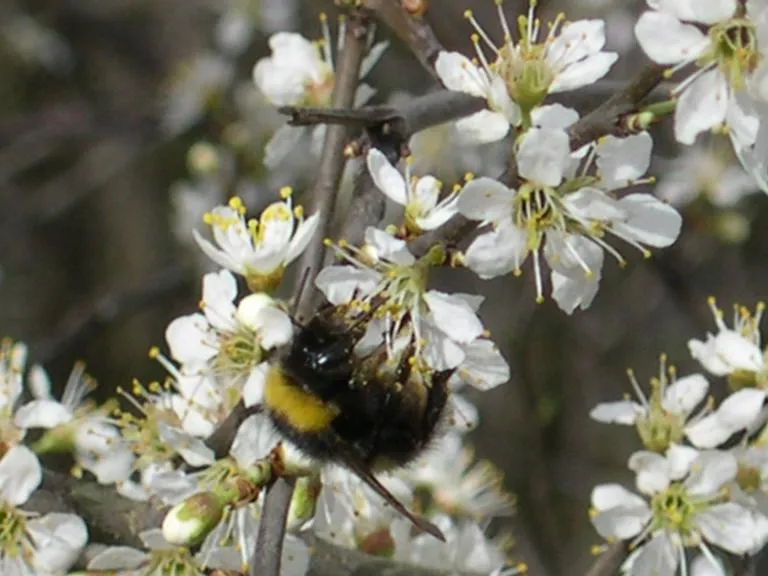Spring Park wildlife
As a Site of Importance for Nature Conservation (SINC), the woodland at Spring Park is highly prized for its diversity of veteran trees and coppiced woodland. The site is an assemblage ancient woodland, coppiced coups, old hedgerows, neutral and chalk grassland, scrub and a freshwater pond.
Owing to a rich history of traditional woodland management and geology, the ancient woodland, carpeted with bluebells, wood anemone and yellow archangel, is dominated by a canopy of broad oak and chestnut. Look a little closer and you’ll discover pockets of wetter ground where seasonal springs allow alder and sallow to thrive along with sturdy regiments of rushes and sedges.
Arguably the woodland’s most notable feature is its population of small-leaved lime trees which is said to be the largest assemblage of these majestic trees in Greater London.
Coppicing
Coppicing is a centuries old woodland management technique which shaped much of Britain's ancient woodland. Originally done as a sustainable way of supplying local timber, this practice is now continued for the benefit of wildlife and conserving trees. By cutting trees back, greater amounts of light can reach the ground, allowing other species to grow there. Many of these species are food sources for butterflies and insects, which in turn provide food for birds, bats and mammals. When coppiced in a rotation over several years the varied age structure of the vegetation also provides good habitat and cover for a number of different bird species.
What to look out for
Botanical interest centres on the species of the ancient woodland including bluebells, early dog-violet, wood anemone, yellow archangel and dog's mercury.
Spring Park is an important site for breeding birds, primarily lesser whitethroat, spotted flycatcher and nuthatch as well as sparrowhawk and greater spotted woodpecker. Most of the resident breeding bird population nest in woodlands, scrub or hedgerows,reinforcing the importance of a mosaic of habitat type.
The dappled sunlight of woodland edges, glades and rides as well the open meadow offers plenty of chances to see butterflies basking on warmer days. Speckled wood, silver washed fritillary, dark green fritillary, peacock, white admiral, brown hairstreak and comma can all be seen. In spring, brown hairstreak eggs can be found on young blackthorn scrub on the edge of the meadow. Recently surveyed in 2020, this patch is the largest recorded colony in Kent.
Dense hazel copse provides secretive nest sites for woodland birds whilst an abundance of deadwood, provided by decades of winter storms, have become a habitat for many important invertebrates including the mighty stag beetle, a BAP priority species.
Taking a stroll just before dark, where the meadow borders the woodland, you may be rewarded by a sighting of a Serotine bat, which is one of Britain’s largest bats. Other species include common pipistrelle and soprano pipistrelle. The presence of mature trees alongside open pasture and standing dead wood provide good habitat elements for feeding and roosting.
The woodland tree species include oak, horse chestnut, beech and small leaved lime with an understorey of holly and hazel. These areas have a high proportion of standing deadwood as a result of many storms over the past few decades. This is a valuable habitat for a variety of saprophytic invertebrates which feed off of the dead and decaying wood.
In damp autumn months a wide selection of fungi can be found on the trees or emerging through the leaf litter below. Clouded agaric, variable oysterling, ivory woodwax, oak milkcap, tawny funnel and hazel bracket are just a few of the fungi species sighted.
The pond at Spring Park is a habitat for many species including common frog, toad, smooth newt and palmate newt.
Several dragonfly and damselfly species are found above the water surface including emperor dragonfly, broad bodied chaser and southern darter.
Aquatic vegetation includes new zealand pigmyweed, common water-starwort and yellow flag iris.



